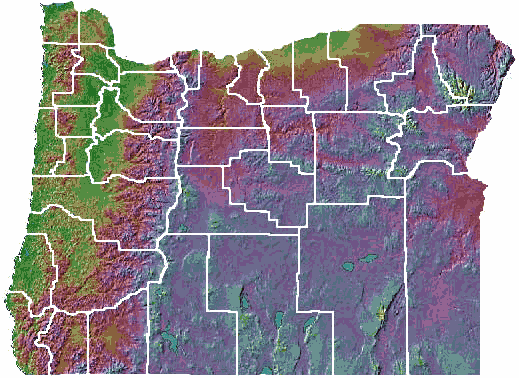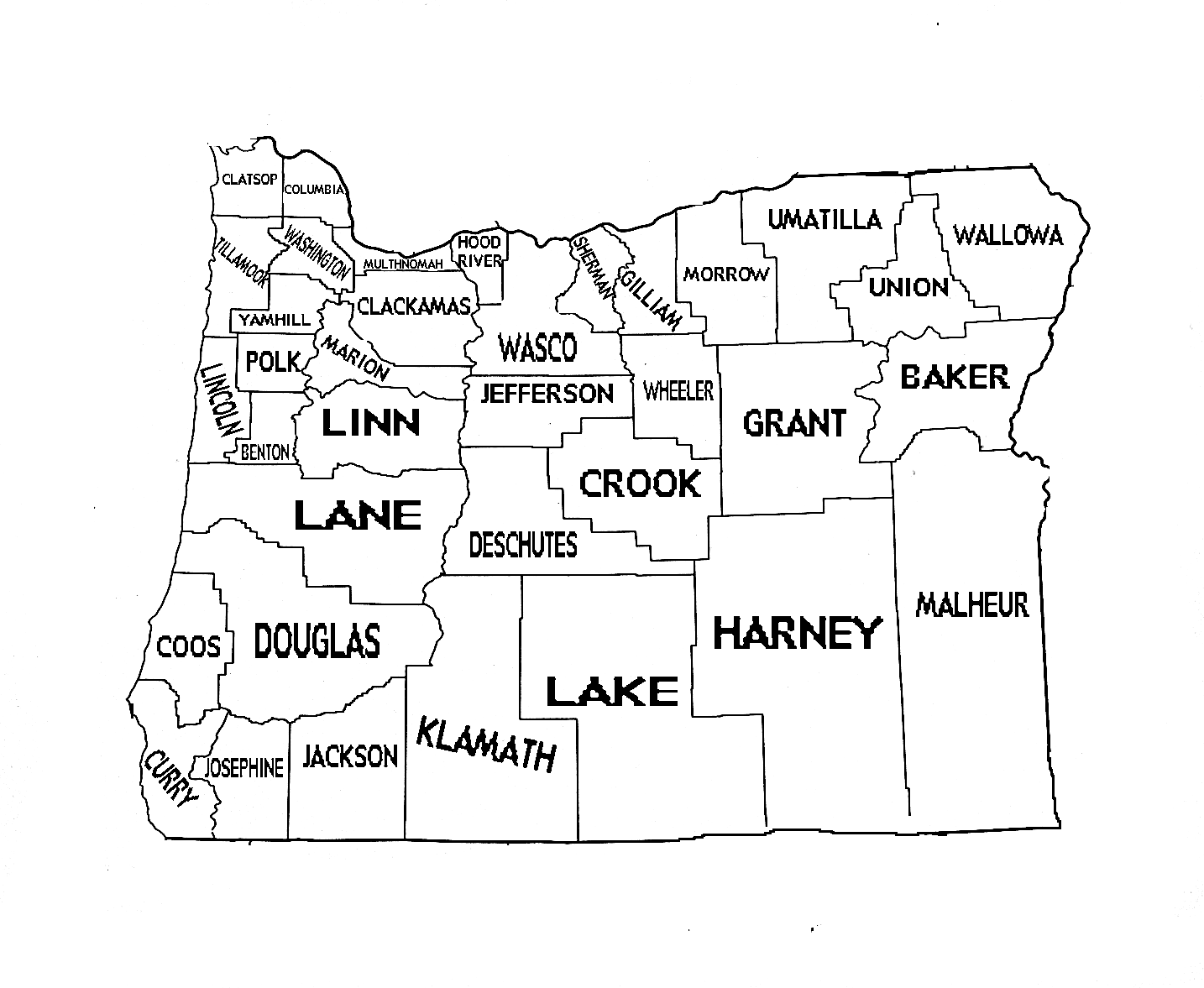
|
Title |
¿Quién vive en esta región? |
|
Unit/Activity No. |
Human Geography Unit 1/Activity 4 |
|
Geographic Topic |
Population and settlement, Ethnicity and nationalities |
|
Language Topic |
community, professions |
|
Language Function |
Describe, compare |
|
Language Standard |
1.3, 3.1 |
|
Geography Standard |
3, 9, 12 |
| Step 1. | Before class prepare a handout and a transparency. |
| Step 2. | Distribute the activity to the class and review the directions. |
| Step 3. | Place students into groups of three and perform the activity. |
| Step 4. | Once complete, have each group present their country maps to the class. |
Statistical information by county that indicates ethnic population:
http://www.upa.pdx.edu/CPRC/publications/2000census/index.html#counties
Maps of each county in Oregon or of a certain region of Oregon
Markers, magazine clippings/graphics showing different faces, products, etc.
You can do this activity using regions of the state, rather than counties (e.g. Willamette Valley, coastal Oregon, High Desert, Columbia Valley, etc.)
Review or preteach the vocabulary, including any tribal names or nationalities/ethnic groups that are appropriate to the regions being discussed.
Students may need some examples in Paso 2 to help them represent the data graphically. For example, to represent relative populations, they could use stickers of smiley faces or cutouts of stick figures, each of which represents 1000 inhabitants.
|
el/la indígena |
indigenous, native |
|
norteamericano /a |
(North) American |
|
estadounidense |
U.S. (adjective) |
|
europeo /a |
European |
|
africano /a |
African |
|
asiático /a |
Asian |
|
mexicano /a |
Mexican |
|
ruso /a |
Russian |
|
vietnamita |
Vietnamese |
|
el/la inmigrante |
immigrant |
|
el origen |
origin |
|
la herencia cultural |
cultural heritage |
|
la mayoría |
majority |
|
la minoría |
minority |
|
|
|
Para comparar |
|
|
más que |
more than |
|
menos que |
less than |
|
más/menos de (+ number) |
more/less than (+ number) |
Handout 1
Paso 1. Working in a group of three students, pick two counties/regions from the map that have variation in the ethnic groups. Write sentences in Spanish that describe and compare the ethnic composition of the two areas.
MODELOS
· En la región de Portland, hay más rusos que en el condado de Lane.
· El condado de Marion tiene más personas de origen mexicano que el condado de Sherman.
Paso 2. Use a map of the two counties to indicate visually the difference in the statistics you described in Paso 1.
Paso 3. Present your group’s information to the class. Include a description of the geographical location and place your graphic in its correct position relative to the other groups’ maps on a bulletin board or wall.
Transparency 1

Transparency 2

Have students discuss why the immigrant population is distributed the way it is. If you have done the activity ¿En qué trabajamos?, have students combine the data from the maps in the two activities. Then they can try to make more complicated comparisons in Spanish, relating ethnic composition and economic activity.
MODELO
En el valle del Willlamette, la mayoría de los inmigrantes mexicanos trabajan en la agricultura, no en la selvicultura.
Also, have student find symbols of ethnic identity associated with different immigrant groups in the state. They do a “show and tell” presentation in class, describing what they have found.
MODELOS
Los rusos en Oregon son cristianos ortodoxos. Sus iglesias suelen tener una forma especial, con techos en forma de cebollas.
Los mexicanos tienen muchas panaderías y mercados en el estado. Aquí hay una foto del Mercado Latino de Eugene.